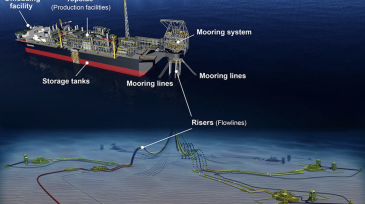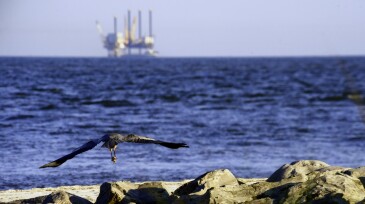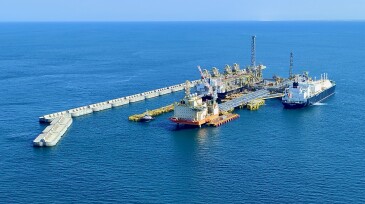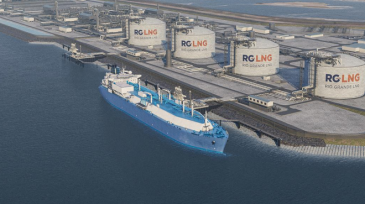Testing page for app
-
Hammerhead, the seventh planned project offshore Guyana, is expected to reach FID later this year and go on-stream in 2029.
-
The new plan will replace the current roadmap that contains just three planned Gulf of Mexico lease sales.
-
Wood Mackenzie’s study identifies shale innovation, exploration, and fiscal terms as crucial for the US to maintain top oil and gas production status beyond 2030.
-
ExxonMobil and Guyana expect to approach 1 million B/D of oil as the ONE Guyana vessel reaches the Stabroek block.
-
The offshore Mauritania and Senegal project’s initial phase will deliver around 2.4 mtpa of LNG once fully commissioned.
-
The SPE Asia Pacific and OTC Asia team recently completed a series of courtesy visits in Indonesia, reinforcing their commitment to strengthening ties with key industry stakeholders. These engagements highlight SPE’s ongoing efforts to align regional priorities and collaborate on opportunities that shape the future of the energy sector.
-
The meeting of leaders, experts, and stakeholders emphasized the urgency of addressing greenhouse-gas emissions to mitigate climate change and align with global sustainability goals.
-
The French major will supply the Caribbean country with LNG supplies while agreeing to take supplies from future Texas project.
-
TWA Energy Influencers Nihal Darraj, Sayanima Kisku, Ismaila Ibrahim, Olawale Ajayi, and Gabrijel Grubac reflect on the significance of the TWA Energy Influencer award and how it has helped their professional journey. The deadline for 2025 nominations is 1 July 2025.
-
The EIA issued a new forecast for US oil production as a result of US President Donald Trump’s recently announced tariffs.










